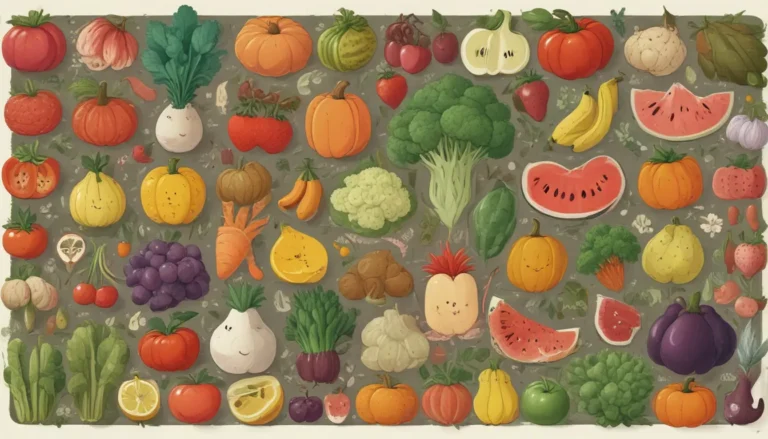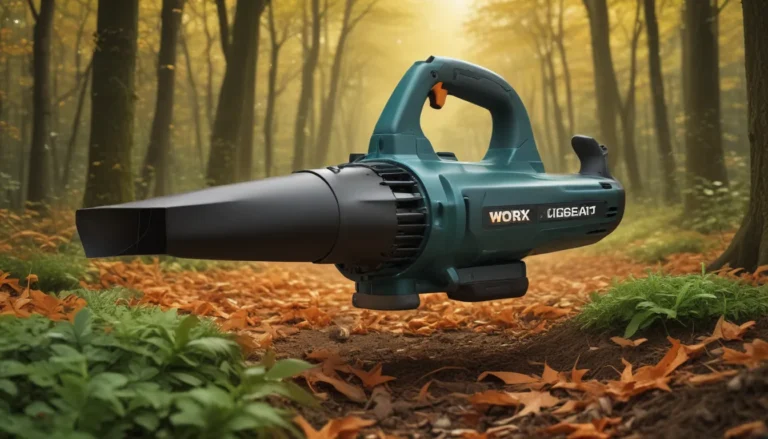Everything You Need to Know About Dividing Hosta Plants

Dividing plants might just be one of the most satisfying garden tasks out there. Not only does it benefit the health and happiness of your hostas, but you also get the bonus of free new plants to enhance your garden. Who doesn’t love a good two-for-one deal?
There are a variety of reasons why dividing your plants is beneficial:
- Reproduction: Creating new starts to plant in different locations or expand your existing beds.
- Control Growth: Preventing plants from growing too large and overwhelming your garden.
- Refresh Plant Health: Eliminating yellowing, sparse centers, or lack of flowering.
Crowded plants suffer from a lack of space to reach their full potential and end up looking shabby, detracting from your garden’s overall beauty. Dividing plants allows you to boost plant health while gaining additional plants to decorate your landscape.
If you are considering dividing your hosta plants, this comprehensive guide will provide you with all the information you need to succeed.
What You’ll Discover
- When to Divide Hostas
- Preparation Tips
- Dividing Your Clump
- Aftercare
Let’s dive into the world of dividing hosta plants!
When to Divide Hostas
Ideally, the best times to divide hostas are in the spring or fall. These seasons offer cooler temperatures and more moisture, reducing the risk of heat stress and plant dehydration.
- Spring: If you choose to divide in the spring, do so before new shoots unfurl, typically while the flowers have finished blooming.
- Fall: Dividing in the fall before the first frost date can provide your plants with ample time to establish new roots before winter. However, be cautious of unexpected frosts post-division.
While it’s best to divide mature plants, sometimes you may need to divide younger ones prematurely due to size constraints or the desire to propagate new plants quickly. Just be aware that premature division may delay the time it takes for the plant to reach maturity.
Remember, don’t feel bound by strict rules – if you need to divide a plant during the summer, go ahead and do it!
Preparation Tips
Before getting your hands dirty, ensure your plants are hydrated but not waterlogged. Trim any dead foliage and remove scapes to prepare the plant for division.
If you plan on replanting the divisions, prepare their new location to minimize root exposure and transplant shock.
When choosing a new spot for your divisions, avoid moving them from shady to sunny areas in the spring or summer. Gradually acclimate them to the sun by transitioning them in increments over several weeks.
Sanitize your tools before digging up your plants. Clean tools prevent the spread of diseases and ensure a smooth division process.
Dividing Your Clump
To start dividing your hostas, dig around the plant’s perimeter about six inches from the stems. Carefully excavate the plant, ensuring you extract a good chunk of the root system to support the divisions.
After removing the plant from the ground, rinse the roots and inspect them for vitality. Trim any dead or mushy roots, preparing the plant for division.
Divide the plant with a sharp, clean knife or scissors, ensuring each division has intact rhizomes or buds for successful growth post-transplant.
If previous rot or fungal issues were present, treat the roots with a copper fungicide dust to protect the divisions during and after planting.
Establish a watering routine to keep the divisions hydrated and shielded from excessive heat and direct sunlight post-division.
Aftercare
Maintain proper moisture levels to establish the divisions successfully. Water the soil when it feels dry up to your first knuckle and mist the foliage during hot spells.
Using wood or straw mulch can help the soil retain moisture and support division growth.
Avoid fertilizing the hostas for a few months post-division, resuming the normal fertilizing schedule in the following spring.
Conclusion
Dividing hosta plants not only grants you additional free plants but also contributes to the health and aesthetic appeal of your garden. With the helpful tips and guidelines provided in this guide, you’re equipped to tackle dividing your plants successfully.
Remember, gardening is a journey, and if you encounter any challenges, don’t hesitate to reach out for assistance. Our gardening community and experts are here to support you every step of the way.
Now, armed with all the necessary knowledge, go ahead and transform your garden by dividing your hosta plants. For more insights on growing hostas, explore our additional guides:
- How to Grow Hostas in Containers
- Keep or Cut: Making the Most of Hosta Flowers
- 19 Favorite Hosta Varieties
Happy gardening!





